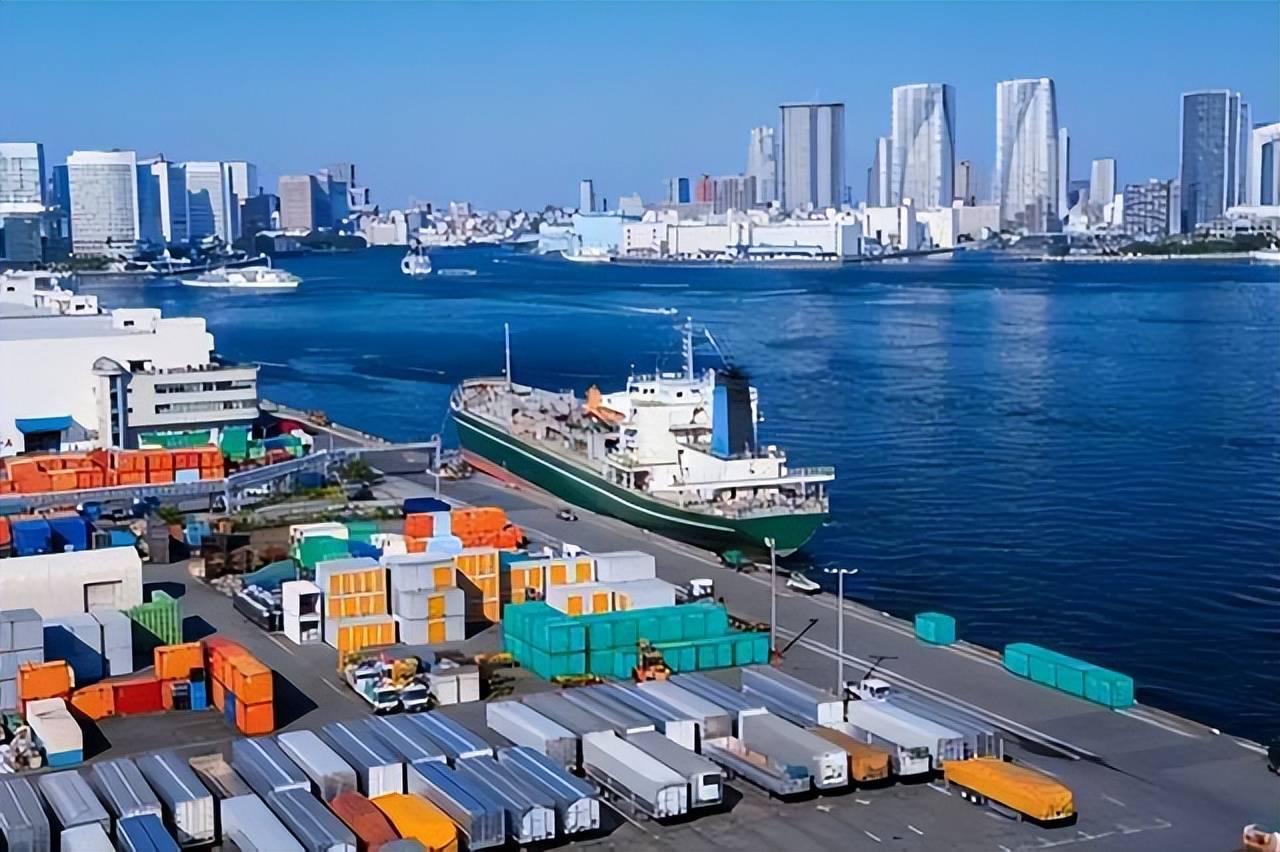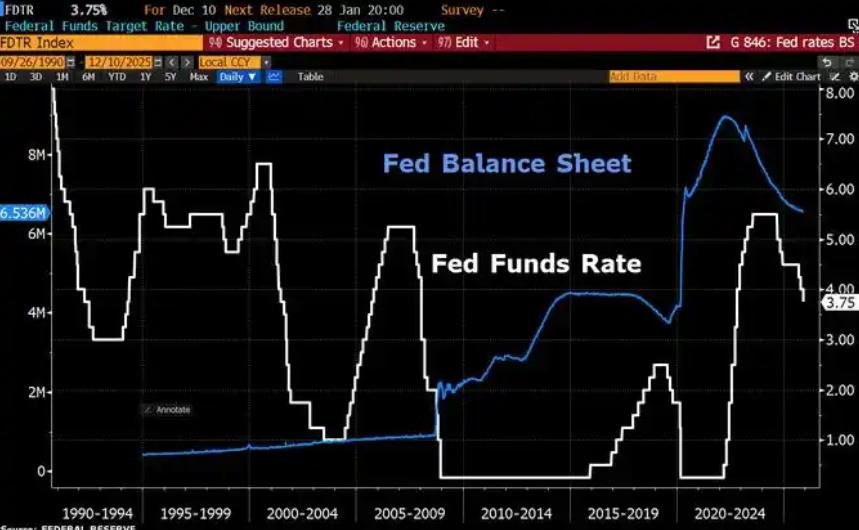
Recently, the Japanese economy has shown a complex situation where inflation has fallen but potential pressures have not decreased. The core CPI increased by 2.7% year-on-year, significantly falling from 3.1% in July and hitting a 9-month low. This change is mainly attributed to the dual effects of government subsidy policies and base effects: electricity subsidies caused energy prices to fall by 3.3% year-on-year, and although the price of glutinous rice still increased by 68.8% year-on-year, the increase narrowed compared to the peak. Combined with the high base caused by the "rice shortage" in the same period of 2024, they jointly suppressed overall inflation. However, excluding energy and fresh food, the "core core CPI" still rose by 3.3%, indicating that the potential inflationary pressure driven by service prices and wage costs has not dissipated, as confirmed by the Bank of Japan's decision to maintain the 0.5% benchmark interest rate in September. The job market remains stable, with an unemployment rate of 2.5% better than market expectations, a labor force participation rate of 63.2%, and a youth employment rate of 97.8%, reaching a historic high. However, industrial production is showing differentiation: the manufacturing PMI49.9 has shrunk for the second consecutive month, and due to the impact of US tariff policies, overseas orders have declined at the fastest pace in 17 months, with a particularly significant decrease in export orders for the automotive and machinery industries; Although the service industry PMI52.7 continues to expand, the growth rate has slowed down by 0.3 percentage points compared to last month, and the retail and catering industries have weak growth. The comprehensive PMI51.9 shows an overall economic expansion, but the weakness in the manufacturing industry is dragging down the quality of recovery, and the willingness of enterprises to invest is low. Equipment investment decreased by 1.2% year-on-year.
South Korean economic data confirms the characteristic of "export recovery". The export of goods increased by 1.3% year-on-year, with an average daily export value of 2.6 billion US dollars reaching a new high since 2024, and a trade surplus of 6.5 billion US dollars expanding by 81.5% year-on-year. This performance is driven by three major factors: firstly, the recovery of the IT industry chain, with a surge in demand for customized semiconductors driving export growth of 2.1% in the second quarter, reversing the decline of 2.3% in the first quarter. The capacity utilization rate of companies such as Samsung and SK Hynix has rebounded to 85%, driving the recovery of related industries such as chemicals and display panels; The second is the optimization of trade structure, with exports to the United States reaching 10.33 billion US dollars, a year-on-year increase of 1.5%, and a trade surplus expanding to 3.92 billion US dollars. However, the trade deficit with China has expanded to 1.38 billion US dollars, reflecting the effect of supply chain restructuring under the China US trade friction. South Korea's exports to Vietnam and Indonesia increased by 12.3% and 8.7% respectively, indicating the progress of regional trade diversification; The third is the release of policy effectiveness. The government provides a 20% tax credit through the "K-chip Act", and enterprise R&D investment has increased by 8.7% year-on-year. The export of new energy vehicles and secondary batteries has increased by 12.3%, becoming a new growth pole for exports. The export volume of Hyundai electric vehicles has increased by 45% year-on-year, and LG's new energy overseas factory capacity has expanded.
The economies of Japan and South Korea exhibit differentiated characteristics of being driven by Japanese domestic demand and dominated by South Korean exports. Japan needs to balance short-term inflation control with long-term growth momentum cultivation. Its core CPI remains above the 2% target, indicating pressure for future interest rate hikes. The government plans to enhance domestic demand by improving the treatment of informal employees and expanding female labor force participation, while accelerating digital transformation to solve the problem of insufficient IT investment in small and medium-sized enterprises. South Korea is facing the dilemma of "export recovery but profit pressure", with negative export profit margins for small and medium-sized enterprises, and needs to be vigilant about the risk of global demand fluctuations. The government is deepening its "technological independence" strategy, making breakthroughs in non-volatile storage, hydrogen energy technology and other fields, while optimizing trade structure, expanding exports to ASEAN and Middle East markets, and diversifying geopolitical risks. At the regional level, both countries have been affected by the trade friction between China and the United States, with Japan's dependence on exports to China dropping to 15.2%. The semiconductor industry in South Korea is facing pressure from US technology controls, but opportunities still exist: under the RCEP framework, the construction of the China Japan South Korea Free Trade Area is accelerating, and South Korea's exports to ASEAN are growing by 5.8%. Japan has demonstrated its technological export advantages in nuclear power projects in Indonesia and high-speed rail cooperation in Vietnam, and Mitsubishi Heavy Industries' participation in the Vietnam high-speed rail project is expected to be completed by 2026, which will enhance regional infrastructure connectivity.
Looking ahead, Japan and South Korea need to address challenges through structural reforms. Japan needs to promote the "new capitalism" policy, enhance domestic demand by improving the treatment of informal employees, expanding female labor participation rate, and accelerate digital transformation to solve the problem of insufficient IT investment in small and medium-sized enterprises. The government plans to invest 5 trillion yen by 2026 to support the digital transformation of small and medium-sized enterprises. South Korea needs to deepen its "technological independence" strategy, make breakthroughs in areas such as non-volatile storage and hydrogen energy technology, optimize its trade structure, expand exports to ASEAN and the Middle East markets, and diversify geopolitical risks. The government plans to increase the proportion of new energy vehicle exports to 30% by 2027. In the process of Asian economic integration, as technology exporting countries and manufacturing powerhouses, the industrial upgrading path of Japan and South Korea will profoundly affect the reconstruction of regional supply chains. How to achieve technological cooperation and market opening under the background of rising protectionism will be the core proposition for policy makers in both countries.

Since 2022, the Fed has cumulatively reduced its balance sheet by $2.4 trillion through quantitative tightening (QT) policies, leading to a near depletion of liquidity in the financial system.
Since 2022, the Fed has cumulatively reduced its balance sh…
On December 11 local time, the White House once again spoke…
Fiji recently launched its first green finance classificati…
Recently, the European Commission fined Musk's X platform (…
At the end of 2025, the situation in the Caribbean suddenly…
The U.S. AI industry in 2025 is witnessing a feverish feast…